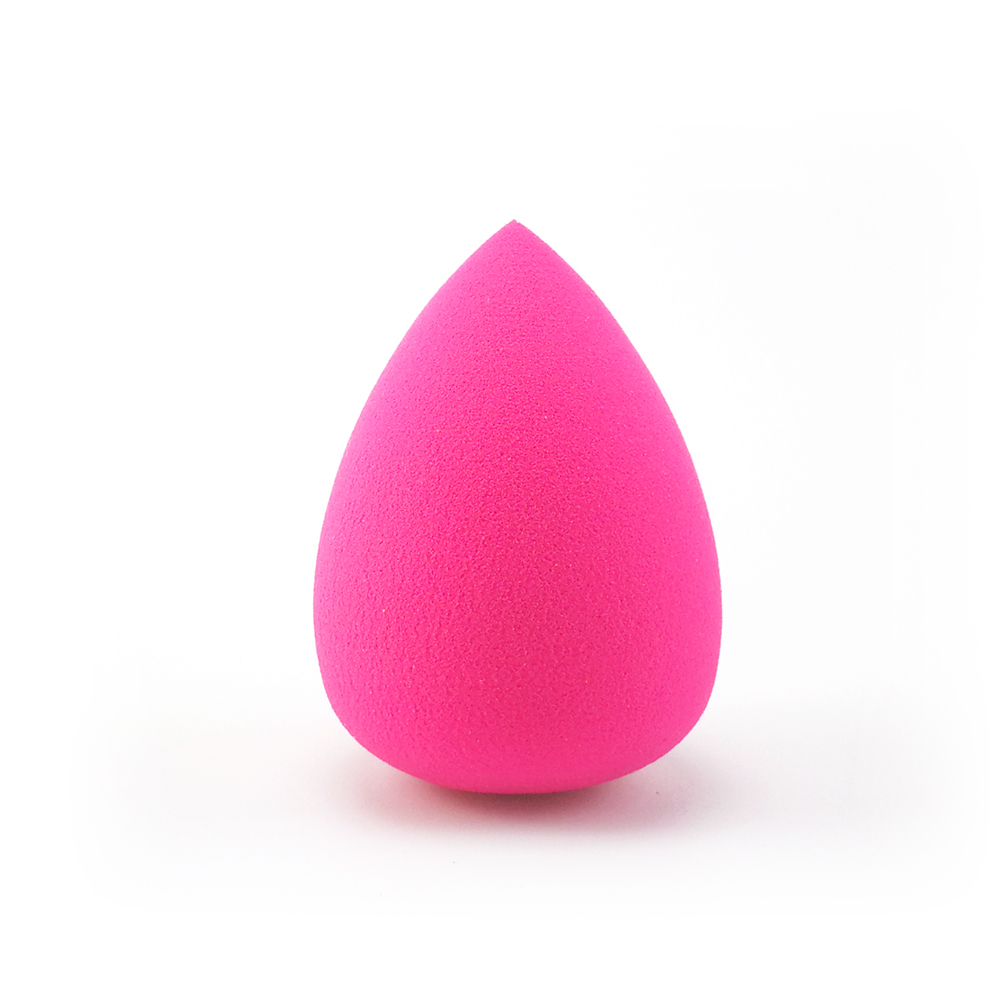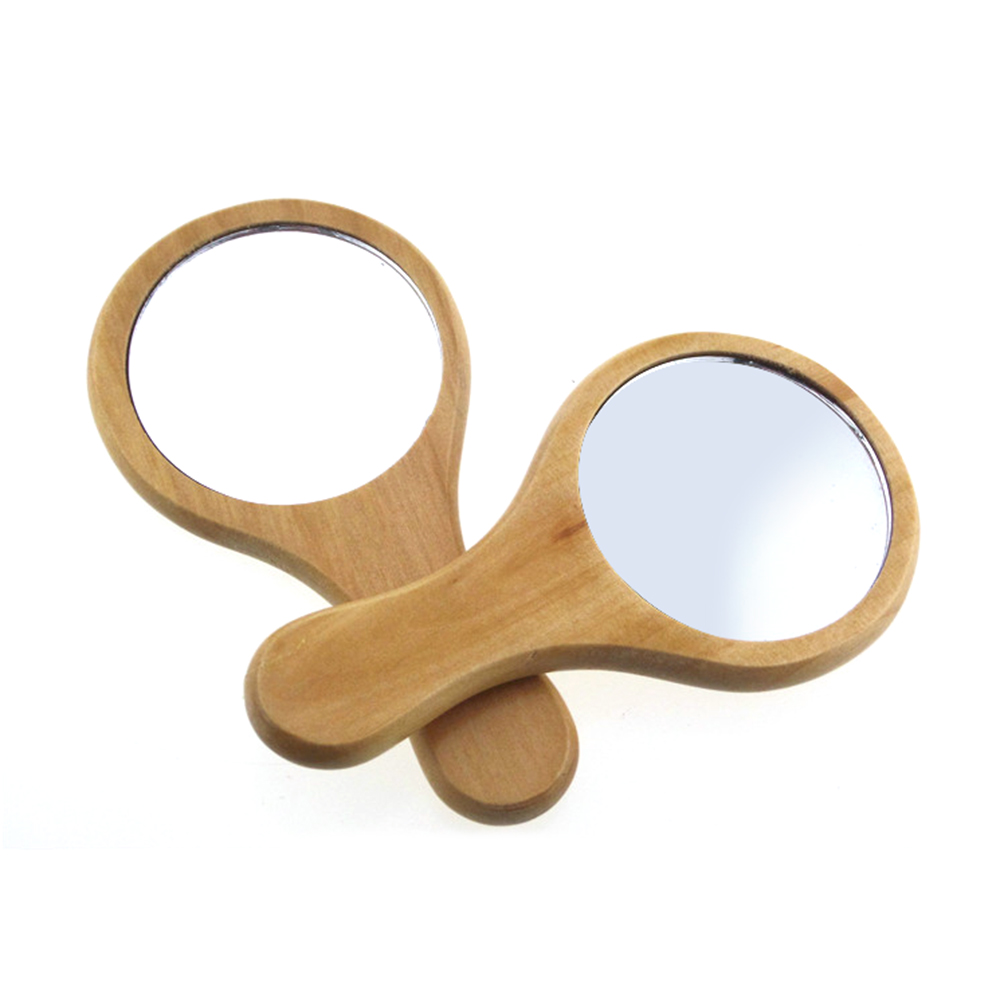First, color printing quality evaluation
1. There are five key factors in the quality of printed images
1 The sharpness of the image. That is, whether the change in the image edge density is consistent with human visual sensitivity mainly depends on screen printing in the screen printing and dot enlargement.
2 The level of the image. That is, the visually discernible density levels in an image mainly depend on the expansion and contraction of contrast between prepress and printing.
3 The color of the image. That is, the color reproduction accuracy and the neutral gray balance of the images depend on the quality of the color separation mechanism, the photosensitive material, the paper, and the ink.
4 Printing inhomogeneity. The image unevenness caused by ink bars, ink spots, unevenness of the ink film, and paper failure occurring during the printing process is represented by a measurement such as a densitometer.
5 printing repetition rate. In order to ensure the stability of the printing quality, the quality of the printed matter is required to reach a high repetition rate, and the average quality value is determined by the automatic control technology in the actual production and expressed by the statistical method.
2. Print quality evaluation method
1 The main methods of traditional printing quality evaluation Regardless of the method used, the quality of printed image quality assessment ultimately comes down to the clarity, level and color of the image. The evaluation methods can be divided into subjective evaluation and objective evaluation.
The subjective evaluation of printed images is a method of evaluating the quality of images based on experience. It integrates the aesthetic factors, technical factors and consistency factors to assess the image reproduction process and quality, but can not accurately put forward the technical control of the indicators and process deficiencies, and poor repeatability, errors.
In recent decades, with the continuous improvement and stability of printing equipment, materials and processes, the application of testing instrument theory and methods, and the use of data to objectively assess the quality of printed images based on experimental research has been widely used. The main evaluation parameters are as follows:
Resolution: This is the ability of the image to reproduce and reproduce small details of the original.
• Sharpness: It is the speed at which the edge density of printed image details changes. It is a comprehensive reflection of the contrast of images and the visual and psychological effects.
· K value: also known as relative contrast or print contrast, K value can not only control the density in the field, but also control the dot expansion, which is a better quality control method.
· Color shift, gray scale and color efficiency can better evaluate color reproducibility, but it can't do anything about the level and clarity.
· Multi-indicator weighted statistical analysis, which is based on the print image measurement data and weights, according to the set formula to calculate the quality evaluation score method.
2 Method for evaluating print image quality using dot characteristics
In modern printing images, the continuous tone image of the manuscript must be converted into a halftone dot image regardless of the method. That is, the image density is changed by the size of the dot or dot in the unit area, and the faithful reproduction of the manuscript is sought. The various quality factors of an image (such as contrast, sharpness, color, gradation, uniformity, and gloss) all depend on a common element - the optimization of the reproduction of outlets and outlets. The reproducibility of outlets refers to the influence of incremental changes in outlets on the quality of copying from the conversion of originals into prints. Quality control The most important quality change factor is the expansion of outlets. Quantitative description of outlet expansion is the key to the establishment of outlets and the description of network transfer mathematical models to describe the incremental data of outlets. The network point mathematical model can not only accurately describe the characteristics of the dot shape, determine the dot area that the densitometer cannot measure, but also provide a theoretical basis for obtaining the optimal dot shape, accurately calculating dot increments, and producing various precision measurement and control strips.
Second, the method of controlling the color quality of printed images
1. Preparation before printing
1 inspection of machine equipment
· Inspection of paper feeder and delivery systems
The inspection of the printer's paper feeding and delivery system is usually conducted by listening, watching, and testing. “Listening†means that the operator judges whether the paper feeding is smooth and the delivery is neat by his own hearing; “Look†means that the operator checks the system's paper feeding and receiving situation through his own vision; “Test†is to use the waste film. Conduct a test run to further inspect the operation of the paper feeding and collection system. The “test†is the key here. Practice has proved that to ensure that the feeder during the printing process is normal, it is necessary to pay attention to: A good air pump to ensure the required positive pressure (blowing) and negative pressure (inhalation). The unimpeded airways and pipelines do not leak, and the air valve and the mechanical parts have the correct cooperation. After adjusting the parts, do not change them easily.
· Inspection of printing pressure
The press is based on pressure to transfer ink and fountain solution. The main pressures are: the pressure between the ink rollers of the ink system and the printing roller of the ink roller; the pressure between the water rollers of the water delivery system and the water roller; and the pressure between the plate cylinder, the blanket cylinder, and the impression cylinder. . Only under the correct function of these pressures, ink and water can reach equilibrium and the ink can be uniformly transferred and transferred.
Color reproduction. The pressure between the three rollers is the key to ensure print quality. In practice, we must adhere to the "Sanping" operation method. The so-called "Sanping" means that blankets should be flattened, the axis of the rollers should be leveled, and the roller of the roller should be leveled.
2 plate inspection
Before printing plates on the machine, do a comprehensive inspection, plate inspection closely around the accuracy of the printing plate content, image quality and the overall quality of the printing plate aspects. The examination is divided into the following four aspects:
. Inspection of appearance and size
Check the appearance of the plate. Usually the plate is aimed at the light, gently touch the plate with the hand, check the plate for scratches, scratches and bumps, found to be stained with foreign matter, to be cleaned, found to be amended to correct the inequality, otherwise it must be promptly replaced Printing plate.
Specification size inspection. Inspection of size requires comparison of construction orders. In particular, attention should be paid to the following requirements: A. The size of the graphic content and the size of the graphic on the plate, such as whether the median axis is medium. In addition, more attention should be paid to the fact that a certain color image may only be in a local position of the printing plate. B. The printing plate should be left with the necessary processing positions for printing production, such as biting mouth. The size of the mouthpieces of various specifications of presses is not the same. Operators of printing and printing machines must be familiar with the size of the mouthpiece of the printing press. The personnel at the machine presses the size of the mouthpiece of the machine and check the size of the mouthpieces on both sides of the printing plate. The same, at the same time see if the picture is centered.
This category is about Makeup Tools , including Beauty Sponges, Brush Cleaner, Makeup Accessories and Makeup Bags . Makeup Sponge is perfect for application of cream or liquid products. The Makeup Mirror is protable for makeup and touch-ups in the outdoors.
The Silicone Brush Cleaner can help you wash your brushes and the Makeup Pouch will help you store your Makeup Brushes and keep the brushes clean.


Makeup Tools
Makeup Tools,Makeup Brush Kit,Brush Cleaning Tool,Makeup Brush Cleaner Tool
SHENZHEN MERRYNICE COSMETICS CO., LTD , http://www.merrynice.com
![<?echo $_SERVER['SERVER_NAME'];?>](/template/twentyseventeen/skin/images/header.jpg)